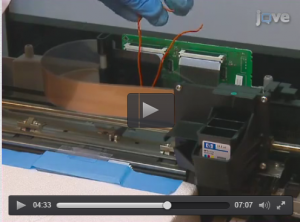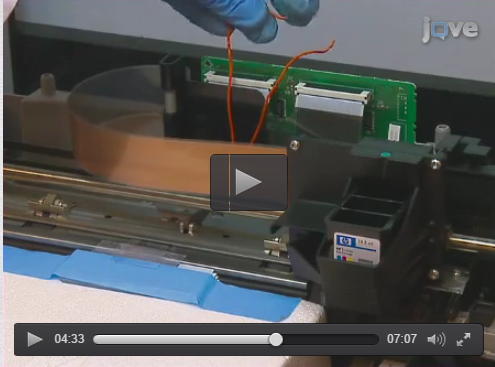Members of the millennial generation are hacking anything and everything they can. This isn’t really all that surprising because they were raised in an era when DIY technology was beginning to infiltrate every aspect of their lives. From infancy, these techies watched the likes of Inspector Gadget maneuver out of any situation with fancy foldable hide-away gizmos that were always the perfect counterpoint to the threat at hand. Even Mr. Bean devised a clever way to overcome space issues when he drove his car with some rope and a mop from a Lazy Boy strapped to the roof. Then, in the mid-80s, millennials’ eyes were truly opened to quick-fix solutions when MacGyver, the ultimate paper-clip-and-chewing-gum bomb diffuser, graced prime-time TV.
In the late 2000’s, someone finally coined the word “hack” to describe all of the super clever and time-saving solutions people had been utilizing for years. Buzzfeed and the rest of the internet had a veritable field day telling people how they could accomplish the ordinary faster and better while making it adorably Instagram-able. Thanks to hack lists, binder clips are more famous now than they were when people actually used binders. They prevent bottles from rolling around in the fridge, they keep wires and cords organized, they even let you create a makeshift cellphone dock (and who wouldn’t want that?).
 Members of Generation Hack are now in their 20’s and 30’s and are systematically applying these DIY tricks to all aspect of their life, including the workplace. Take Dr. Delphine Dean’s bioengineering lab at Clemson University, for example. Dean and her students took a screwdriver to their standard HP inkjet printer and muscled it into a fully functional bioprinter. No joke, a part of the protocol reads: Affix a wire loop to the grey plastic lever found above and behind the printing paper feed mechanism to serve as a manual handle. MacGyver would be so proud!
Members of Generation Hack are now in their 20’s and 30’s and are systematically applying these DIY tricks to all aspect of their life, including the workplace. Take Dr. Delphine Dean’s bioengineering lab at Clemson University, for example. Dean and her students took a screwdriver to their standard HP inkjet printer and muscled it into a fully functional bioprinter. No joke, a part of the protocol reads: Affix a wire loop to the grey plastic lever found above and behind the printing paper feed mechanism to serve as a manual handle. MacGyver would be so proud!
Although Dean and her lab designed an effective way to modify cells en masse, the researchers had difficulty sharing the technique with colleagues and students who were trying to replicate their hack. To cater to their tech-savvy crowd, Dean turned to JoVE to publish the method in a clear, succinct video format. The use of the JoVE video reduced the time it took new students to learn the technique from 1 month down to 1 week. (You can read the entire case study here.) This 75% increase in learning efficiency allowed the lab more time to perfect the nuances of the method, to modify it to address global health issues like diabetes, and of course to keep on hacking.
How do you jerry-rig your lab to get your experiments to work? Let us know in the comments below!


